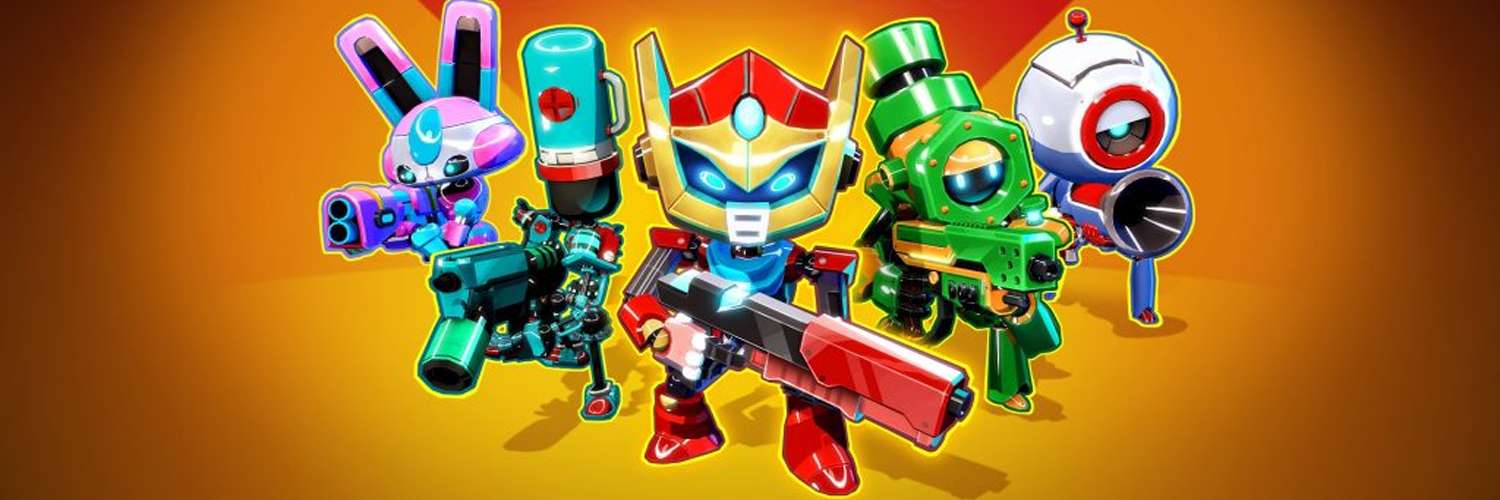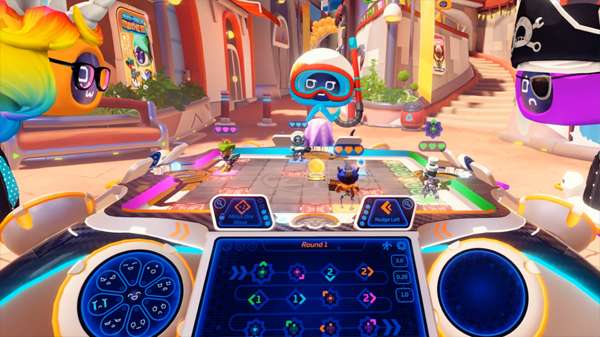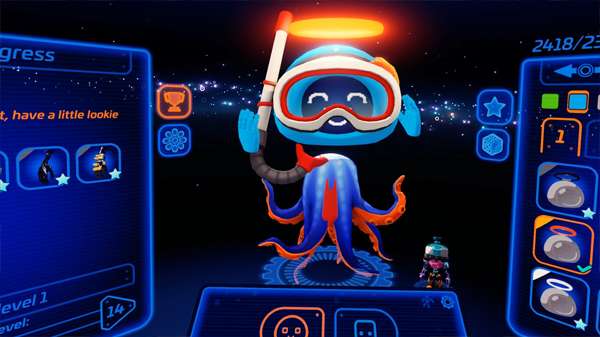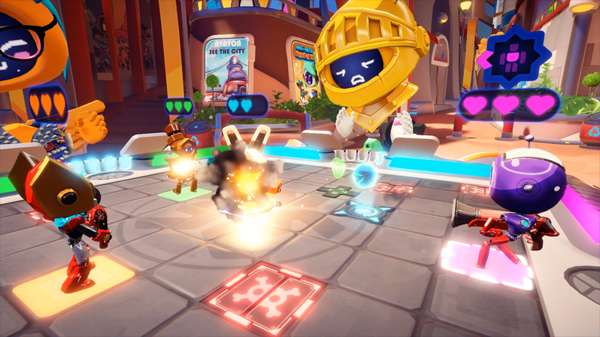
Mini-Mech Mayhem PSVR Review
Whenever a new innovation in videogame technology is created, there always comes that spark of imagination to how said technology can enhance or otherwise benefit the way videogames are traditionally experienced. This includes potential medium-changing features like 3D visuals, wireless motion controls, or a camera that reads body movements. For geeks gushing over the latest gizmo claiming to “change videogames forever”, as well as publishers dreaming of dollar signs dancing in front of their eyes, the promise and potential of the newest technological trend is often too tempting to ignore.
And yet, to paraphrase the words of the brilliant mathematician Ian Malcom:
“[they] were so preoccupied with whether or not they could, they didn’t stop to think if they should.”
-from the 1993 documentary Jurassic Park
Such is the bitter truth that plagues VR gaming in its current infancy; as developers continue to try out various tricks and techniques to create that new “immersive experience” for console gamers, many fail to come up with a unified consensus on what should constitute the ideal VR experience. Much like the Xbox’s infamous Kinect, the promise of delivering a unique way to play games does not always result in a “better” experience when put into practice. Waving one’s arms to simulate the same action that a single button press on a controller would deliver makes such experiences a brief novelty, an undeserving fate for the PlayStation VR considering the released games that have successfully demonstrated the potential of virtual reality gaming.

Mini-Mech Mayhem, developed by FutrLab, is another unfortunate casualty that aims for an experimental experience under a cute and serviceable concept, only to suffer from a cumbersome control style that replaces functionality with frustration. On paper, the idea is solid: players take control of tiny miniature robots as they do battle with one another on a virtual board. Think of that one chess game with the clay monsters in the first Star Wars (and think not of flooding the comments with angry rhetoric about The Last Jedi, because the criticisms are as annoying as they are inaccurate). Players can customize the look of their floating head avatars (even if they are typically only seen by other players) as well as the look of their toy soldiers, with additional looks and accessories for both unlocked while playing.
As for the gameplay itself, the goal of Mini-Mech Mayhem is the time-honored tradition of robots destroying each other for the amusement of their human masters, albeit with a more whimsical look and tone where the robots are enthusiastically eager to battle to the death. On each turn, players input three preset actions, which are usually broken down to moving a chosen number of spaces and/or firing their weapon at a chosen direction in the hopes an opposing robot is caught in the crossfire. Each action takes a certain amount of turns, which determines the order in which each player’s decision will play out.
The turn order becomes the most crucial aspect of Mini-Mech Mayhem’s strategic gameplay. If a player’s bot happens to be at the wrong space at the wrong time, they could suffer major damage if not outright defeat (resulting in the opponent getting a point for the kill). If they managed to predict the path to safety, however, then they’ll saunter out of the range of fire provided that the action takes precedence over their opponent’s order. Shooting opposing bots isn’t the only way to claim victory…every map has a gold medal that everyone can make a beeline to for a quick victory, and it is also possible to push opponents into a nearby death trap for that instant kill and subsequent gratification.
But what it all comes down to is that Mini-Mech Mayhem is a glorified guessing game. With no way to know which move an opponent will make, from blind firing to making a quick step, it all comes down to predicting what moves the enemy will make. While there is a certain satisfaction in correctly reading an opponent’s mind in a sort of virtual chess comparison (with robots), but whether played locally or online, players will not have access to their rival’s facial expressions or other “tells” that are usually an important factor for such a game.

Even so, Mini-Mech Mayhem would have gotten more leeway were it not for the more pressing concern: the controls. As mentioned in the beginning of this article, just because a new piece of videogame technology introduces a new way to play doesn’t automatically mean it will be better. The game utilizes two Move controllers, which is common for most PSVR games, but fails to utilize them in a way that feels convenient at all. Acting as the player’s left and right hands, the Move controllers simulate little beyond the player’s fingers, which are used to push the various buttons and dials on their respective boards to give commands to their robot buddies. Since the game follows the same kind of grid-based movement found in other strategy games like XCOM or Disgaea, it quickly becomes a chore to push a button for the first action, select whether to move or shoot, push another button in the direction to move the robot, turn a dial to indicate how many steps they need to take, and then push another button to confirm the action. And then repeat that two more times per turn.
This is a clear example of a control scheme that sacrifices convenience for novelty. A properly thought-out VR game finds ways to streamline the controls to make Move controllers feel like a fun alternative (such as Skyrim VR); instead, they serve as a needless chore in Mini-Mech Mayhem, and while the game allows the use of a Dualshock 4 controller, the control scheme is definitely not optimized for it and is actually worse without the Move controllers. Combine this with the slow, unskippable animations of the robot cutely walking from one square to the next and charging up their adorable weapons of death to hit (and/or miss) their opponents, and the end result is a game that takes several unnecessary steps for little payoff.

In the end, Mini-Mech Mayhem‘s charming aesthetic might win kids over, but whether or not they’ll have the patience for the tedious controls and length of matches is another thing entirely. The concept of a strategy game playing out on a virtual board is an intriguing one, but like many PSVR experiments, this one fails to execute its ambitious concepts effectively, much less create an alternative experience to traditional console-based strategy games played with a controller.
